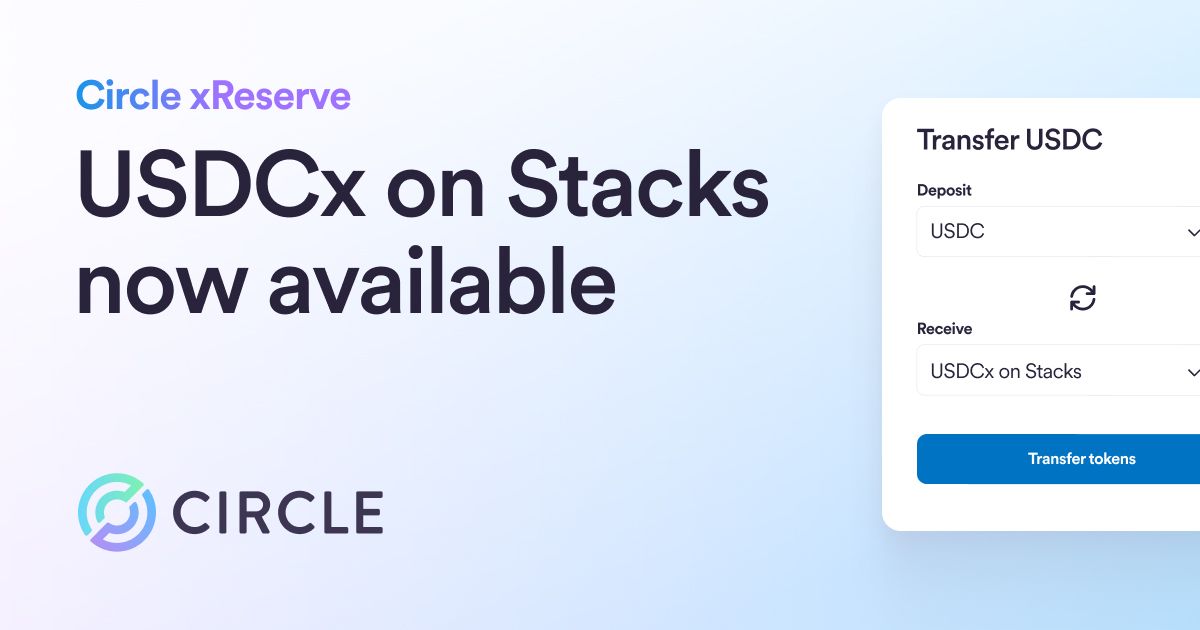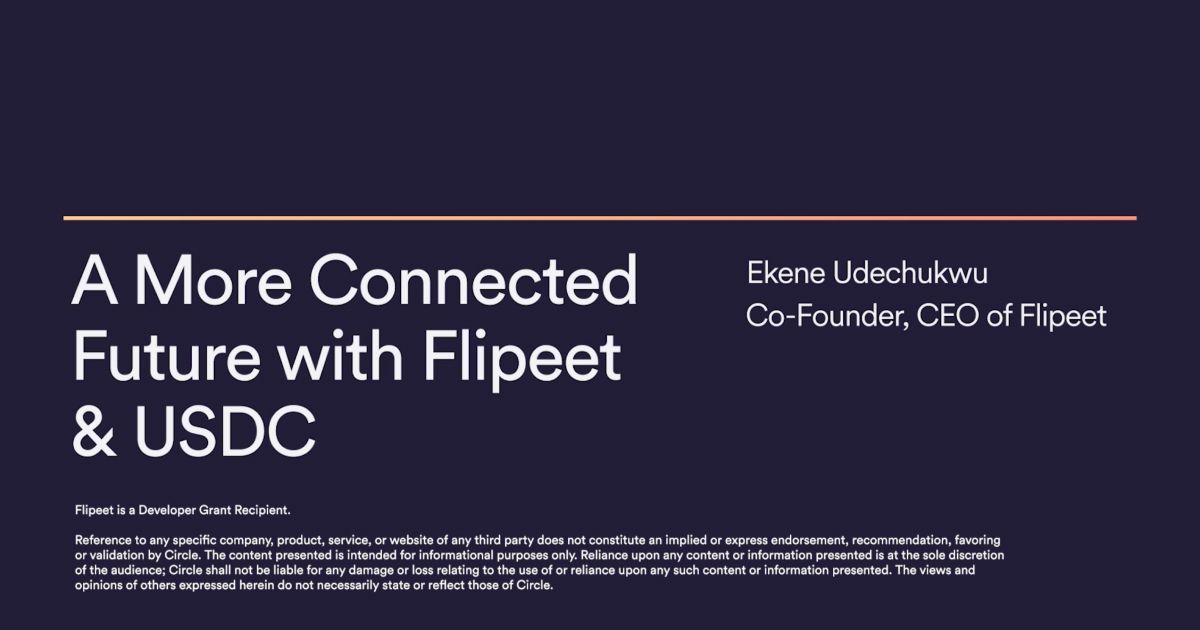Learn the differences between bridged USDC and native USDC, and the best practices for migrating from bridged USDC to native USDC on Sei.

This guide explains the differences between bridged USDC and native USDC, and shares the best practices for migrating from bridged USDC to native USDC.
What is bridged USDC?
Bridged USDC is created when USDC is locked in a smart contract on one blockchain (i.e. the origin blockchain) and a “synthetic” or “bridged” form of USDC is minted on another blockchain (i.e. the destination blockchain) by a third-party bridge application. Bridged forms of USDC are not issued by Circle.
In the case of Sei Mainnet, there exists a bridged form of USDC known as USDC via Noble (USDC.n), which is USDC that has been bridged from Noble. Developers and users are encouraged to migrate to “native” USDC, which is the official form of USDC on Sei Mainnet issued by Circle, backed 100% by highly liquid cash and cash-equivalent assets and always redeemable 1:1 for US dollars.
Best practices
If you intend to support both bridged USDC and native USDC, the following best practices are recommended for your UI/UX.
Bridged USDC
- Ensure bridged USDC is clearly named as “USDC via Noble” and the token symbol shows as “USDC.n” (not Bridged USD Coin)
- Ensure reference to the bridged USDC token contract points to the correct token address: 0x3894085ef7ff0f0aedf52e2a2704928d1ec074f1
Native USDC
- Ensure native USDC is clearly named as “USDC” and the token symbol shows as “USDC” (Note: USDC has been rebranded from USD Coin, now the official name is simply “USDC”)
- Ensure reference to the native USDC token contract points to the correct token address: 0xe15fC38F6D8c56aF07bbCBe3BAf5708A2Bf42392
Additional Updates
- Make native USDC the default option for deposits, withdrawals, swapping, and bridging mechanisms
- Update Top Tokens page, or similar pages on your app
- Update Analytics page, or similar pages on your app
- Highlight native USDC as Commonly Used Tokens (or similar UX modules) instead of bridged USDC
Frequently asked questions
What’s the difference between bridged USDC and native USDC?
Native USDC:
- Issued by Circle, a regulated fintech
- Backed 100% by highly liquid cash and cash-equivalent assets and always redeemable 1:1 for US dollars
- Official form of USDC on a given blockchain
- Interoperable with multiple blockchain networks via CCTP
Bridged USDC:
- Created by a third party, Noble in this instance
- Backed by USDC on another blockchain via IBC (Inter-Blockchain Communication Protocol)
- Many disparate forms can result in a fragmented user experience
- Not directly compatible with CCTP
What are the benefits of using native USDC over bridged USDC?
Benefits of Native USDC include:
- Fully reserved and always redeemable 1:1 for US dollars
- Supported by Circle Mint and its APIs
- Enables institutional on/off-ramps
How can my users swap from USDC.n to native USDC on Sei Mainnet?
Developers can swap from USDC.n to native USDC through the following methods:
- Create a swapping mechanism or liquidity pool within their app on Sei Mainnet to help their users migrate from USDC.n to native USDC
- Tell their users to conduct these swaps on a DEX (Decentralized Exchange) protocol on Sei Mainnet Warning: If USDC is not clearly distinguished between native and bridged, please ensure the contract addresses match the intended swap.
- Protocols with USDC.n to native USDC swapping mechanisms include Sailor and Dragon Swap.
How can I access native USDC on Sei Mainnet?
Developers can access native USDC through the following methods:
- Use a DeFi protocol on Sei Mainnet to access native USDC Warning: If USDC is not clearly distinguished between native and bridged, please ensure the contract addresses match the intended token.
- Lending Protocols supporting native USDC include Yei Finance and Takara Lending.
- Apply for a Circle Mint account and on-ramp to native USDC
- Use a CCTP-enabled bridge app to transfer native USDC from another blockchain to Sei Mainnet
Where can I find USDC brand guidelines?
Brand guidelines may be found here.




